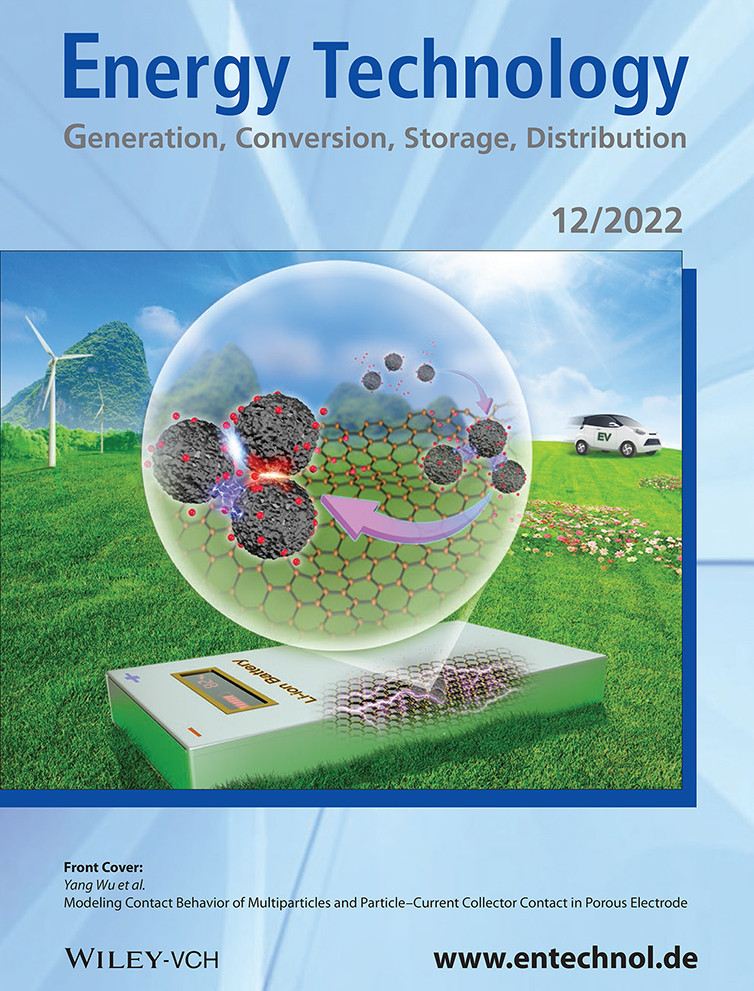Highly Efficient Nonfullerene Organic Solar Cells with Nickel Oxide Hole-Transporting Layer: Using Dipole-Induced Energy-Level Modification
Abstract
To date, poly(3,4-ethylenedioxythiophene):poly(styrenesulfonate) (PEDOT:PSS) is the most commonly used hole-transporting material (HTM) for nonfullerene acceptor (NFA) organic solar cell (OSCs) due to its high hole conductivity and reproducibility. However, considering the significant breakthroughs made by novel donor and NFA combinations such as PM6 and Y6, the development of HTMs which can outperform PEDOT:PSS is very limited. Here, for the first time, high-performance NFA OSCs based on simple and solution-processed nickel oxide HTMs with high power conversion efficiency (PCE) and stability are reported. Two different kinds of hydroquinone sulfonic acid (HSA) salts, which have a permanent dipole moment, are added to NiO solution. Due to the interfacial dipole moment generated by these salts and effective work function modulation of NiO, efficient hole transportation at the interface between hole-transporting layer and bulk heterojunction (BHJ) layer by minimizing the energetic barrier is promoted. As a result, using PM6 and the Y6-BO-4F-based BHJ layer, the PCE of 14.19% with very high open-circuit voltage of 0.86 V is achieved, which is comparable with that of PEDOT:PSS-based OSCs. For 1200 h under ambient atmosphere, OSCs based on NiO containing HSA salts demonstrate enhanced ambient stability compared to that of PEDOT:PSS.
Conflict of Interest
The authors declare no conflict of interest.
Open Research
Data Availability Statement
Research data are not shared.




